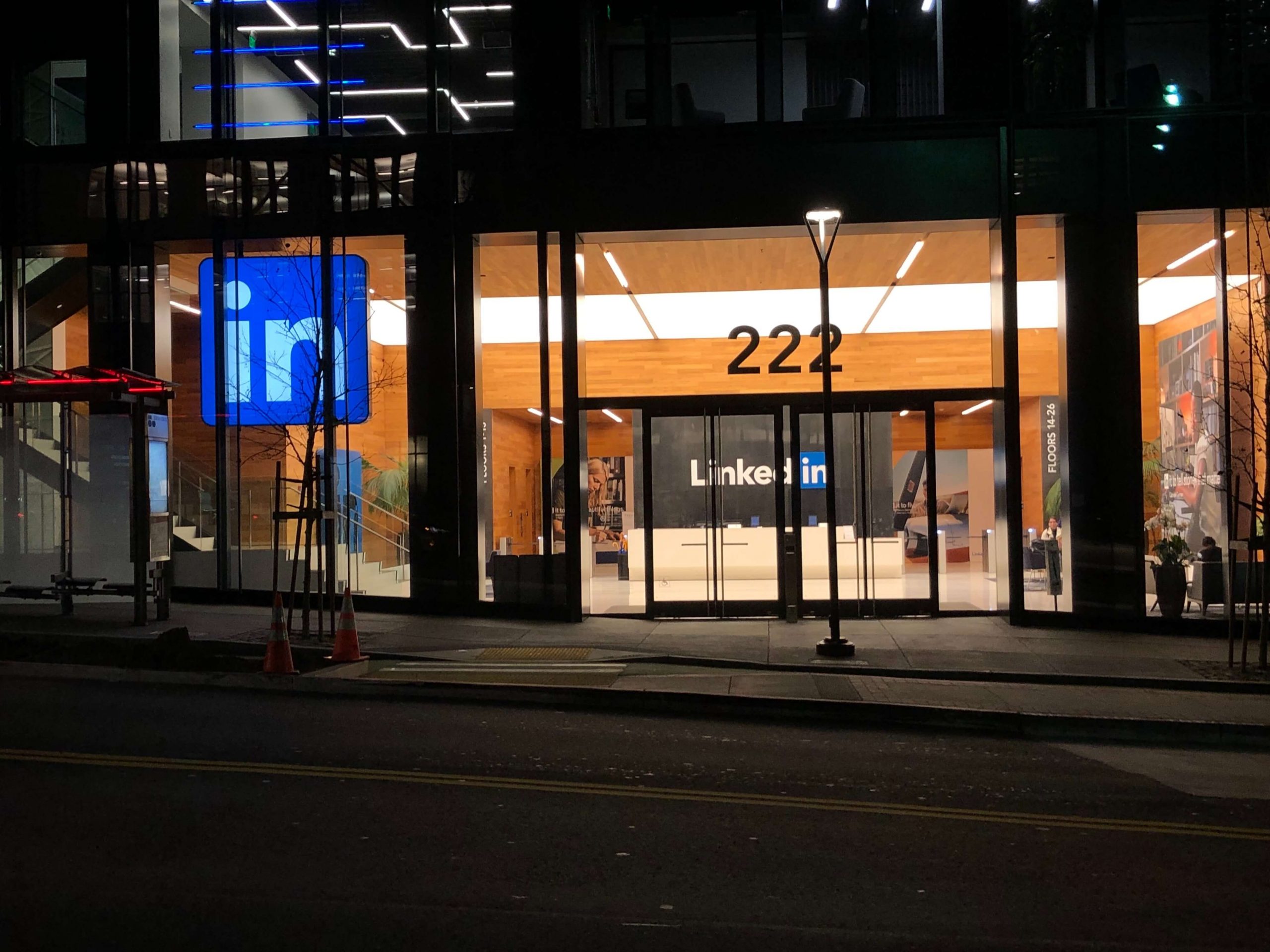LinkedIn Advertising offers advertisers both brand and performance led advertising opportunities. But what does it take to make a great LinkedIn advert?
Why use LinkedIn?
For many B2B companies, LinkedIn is an important place to be present.
- 4 out of 5 LinkedIn members drive business decisions
- You can identify and reach more than nine hundred million members globally
- Audiences on LinkedIn have twice the buying power of the average web audience
Identify the right people
It is very easy to target broadly on LinkedIn. But the best performance comes from targeting your ideal customer profile and the right persona.
The ability to target your ideal customer profile and personas across industries, or more specifically down to either the company or individual make it a powerful advertising platform.
Use intent data
Even though the ability to target narrowly is excellent, the cost of delivering advertising into LinkedIn is high. This makes delivering an ROI based on conversions difficult when targeting randomly.
By targeting companies actively interested in your subject area, you can increase conversions by 3x. Radiate B2B’s platform allows you to target companies showing intent continuously without the headache of continuously needing to update the target lists every week. It also combines intent data from both your own website and across the Internet. So, you are targeting companies that do not yet know about you and retargeting the companies that have shown early interest.
Messaging and Design
A great LinkedIn advert ties together the following:
- Relevance to your target audience: The ad should be highly relevant to the specific audience it is targeting. This means understanding the needs, pain points, and interests of the audience and tailoring the messaging accordingly. When the ad resonates with the target audience, it increases the chances of engagement and conversion.
- Clear and Compelling Messaging: A great LinkedIn ad communicates its message clearly and concisely. You should focus on a single objective, with short sentences and simple and straightforward language that focuses on the benefits and value provided.
- Encourages action by using words concepts of scarcity (e.g. “Only 10 spots left”) or urgency (e.g. “Register today”).
- Be specific and concrete: Beware of vague claims – instead provide specific details to add credibility and make your message more impactful. e.g. “Our clients have achieved an average revenue increase of 28% within six months.”
- Engaging Visuals: Visuals play a crucial role in capturing the attention of LinkedIn users as they scroll through their feeds. While visuals should align with the brand’s identity and be consistent with the overall campaign theme, it can be easy to follow design approaches that make it similar to other ads on LinkedIn – causing the user to move past the ad because it is recognised as being so.
- Relevant Call-to-Action (CTA): For some LinkedIn Ads, the CTA can only be selectable from a list so the opportunity for creativity and urgency is limited. Instead choose the best CTA that is relevant for your ad.
- Testing: A/B testing your ads is a sure-fire way to maximising performance quickly. By testing different approaches, you can quickly remove the lower performing ad and replace it with another test, increasing performance of the campaign over time. Be sure to understand the correct metric to measure success. Is it an social media engagement metric such as a like or a comment, or a video play or is it a click-through or form completion.
By selecting the right companies (based on your ideal customer profile, target personas and intent data) and combining with the above list to create a compelling ad, you can maximise the performance of your LinkedIn advertising and make a great LinkedIn advert.

